Premium Only Content
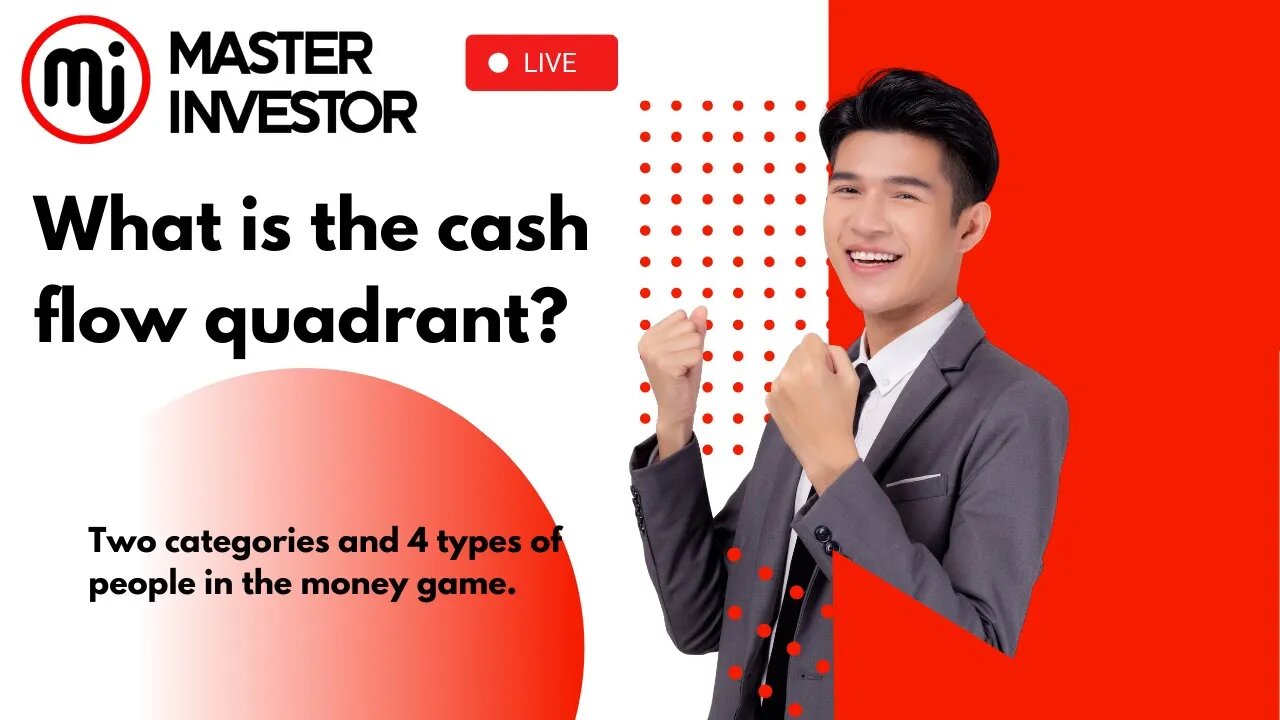
What is the cash flow quadrant?
Why the wealthy get richer and the poor are getting poorer
Free financial statement: https://bit.ly/masterinvestorfinancialstatement
Start a business: https://bit.ly/3stepsformulatofreedom
Learn autopilot sales: https://bit.ly/startanonlinebusinessfast
Two categories of people in the Cash Flow Quadrant
We need to understand that there are two categories of people in the world, those who see the world through the left side of Master Investor's CASH FLOW Quadrant and those who see it through the right side. What is the Cash Flow Quadrant?
For some of us, this will be review. Our hope is that for others, it will be the beginning of changing the mindset about money.
The left side of the CASHFLOW Quadrant
On the left side of the quadrant are Es and Ss. They pay the most in taxes and trade their time for money. And each has a different mindset.
E is for employee
At the end of the day, the most important thing for employees is security. My poor dad was an employee his entire life and he craved nothing more than security. That is why he could not understand why I would want to be a business owner and investor. To him, there was nothing riskier than that.
S is for self-employed
People in the self-employed quadrant are not good employees and often have the attitude that no one can do it better than them. While they still like the idea of security, they have a larger tolerance for risk, and thus don’t mind working for themselves. In fact, they like it that way because they feel in control of their future.
People in the S quadrant are doctors, lawyers, dentists, accountants, and other service-based businesses and consultants. They have very high-standards for their work and because of this they have a hard time delegating to others. Again, they don’t like to hire employees because nobody does it better than them. As a result, they only make money when they are working. This means they don’t own a business, they own a job.
When self-employed people need more money, they look for more hours they can bill.
The right side of the CASHFLOW Quadrant
On the right side of the quadrant are Bs and Is. They pay the least in taxes and create or invest in assets that produce cash flow for them even when they’re sleeping.
B stands for Business Owner
Unlike those in the S Quadrant, business owners don’t own a job. They own a system or a product that makes money even when they aren’t working. Because they know they can’t be successful on their own, business owners look to hire people who specialize in skills needed for the business and hire those who have more talent and skill than them. They look to delegate as much as possible, not keep all the work for themselves. The best business owners know they could leave their company for a year and come back to find it still profitable and running better than they left it.
Business owners are often seen as risk takers, but from the perspective of a business owner, being an employee is riskiest because employees have no control. A business owner can make the decision to do layoffs or fire an employee, but no one can take the business away from the business owner. And when the economy takes a down-turn, the business owner has the most control to make the business work and survive.
When business owners need more money, they create a new product or create or acquire a new system that produces money.
I stands for Inside Investor
Investors have the highest financial education of anyone in the CASH FLOW Quadrant. They are adept at finding assets that provide steady income in the form of cash flow and they often use other people’s money (OPM) to attain those assets. They then use income from those assets to acquire even more assets, growing their wealth through this velocity of money. They enjoy the most in tax breaks, don’t have to work at all if they desire, and don’t have to deal with managing employees. The richest people in the world are investors, and as a general principle 70% of their income comes from investments with the other 30% made up of wages.
When investors need more money, they look for an opportunity to acquire and asset that produces more passive income.
Read the entire blog here: https://bit.ly/whatisthecashflowquadrant
Want to see our digital products: https://www.masterinvestor.education
Resources:
Follow us on Instagram: www.instagram.com/masterinvestor
Listen to our Podcast: https://anchor.fm/masterinvestor
Subscribe to our Newsletter: https://bit.ly/masterinvestornewsletter
Follow us on Tiktok: https://bit.ly/seemasterinvestortiktok
Purchase a business digital Course: https://bit.ly/masterinvestordigitalc...
Like our Facebook Page: https://bit.ly/masterinvestorfacebook
Join our Discord: https://bit.ly/masterinvestordiscord
-
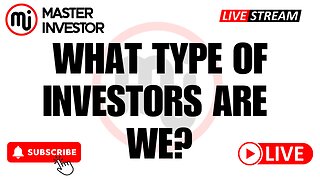 1:45:03
1:45:03
MASTER INVESTOR
16 days agoMASTER INVESTOR: What Type Of Investors Are We? Discover the 3 types of investors #wealth #freedom
91 -
 1:18:13
1:18:13
vivafrei
2 hours agoAlex Jones Getting Appelate Relief in Texas Sandy Hook Case? TPS Ruling Overturned! AI Fraud & MORE!
70.5K33 -
 LIVE
LIVE
Nerdrotic
3 hours ago $7.83 earnedSuperman's James Gunn Reshoots, Harry Potter DOA! R.I.P. Winds of Winter | Friday Night Tights 356
4,254 watching -
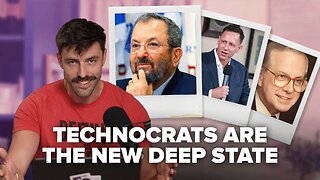 40:59
40:59
Candace Show Podcast
2 hours agoIsrael's New Blackmail Scandal & The Origins Of CIA Stock Market Control | Candace Ep 192
7.09K15 -
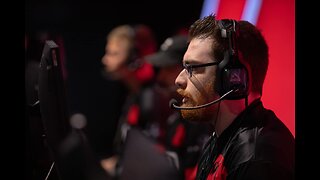 LIVE
LIVE
Spartan (Pro Halo esports Player)
1 hour agoRanked, SWTOR later
27 watching -
 LIVE
LIVE
StoneMountain64
5 hours agoNEW Specialist for the WHOLE QUAD Easter Egg
137 watching -
 32:23
32:23
Stephen Gardner
2 hours ago🔥AG Letitia James Indictment coming as Double Grand Jury announced!
10.2K7 -
 LIVE
LIVE
FusedAegisTV
36 minutes agoStellar Blade Demo, Chalk Demons Play Halo Reach - Friday Variety Stream!
18 watching -
 LIVE
LIVE
LFA TV
19 hours agoLFA TV ALL DAY STREAM - FRIDAY 5/30/25
1,958 watching -
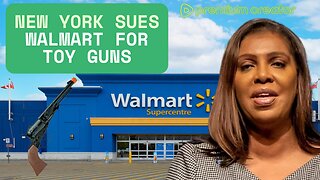 LIVE
LIVE
John Crump Live
1 hour agoNew York State Sues Walmart For Shipping Toy Guns
168 watching